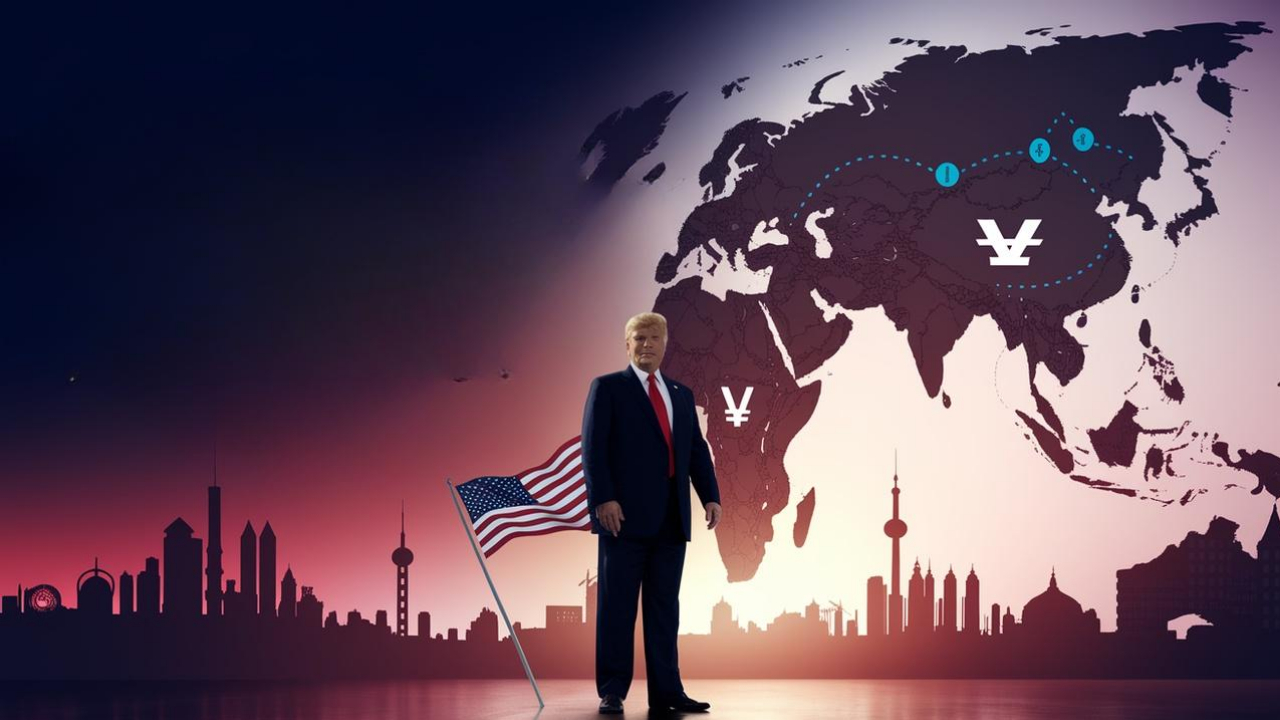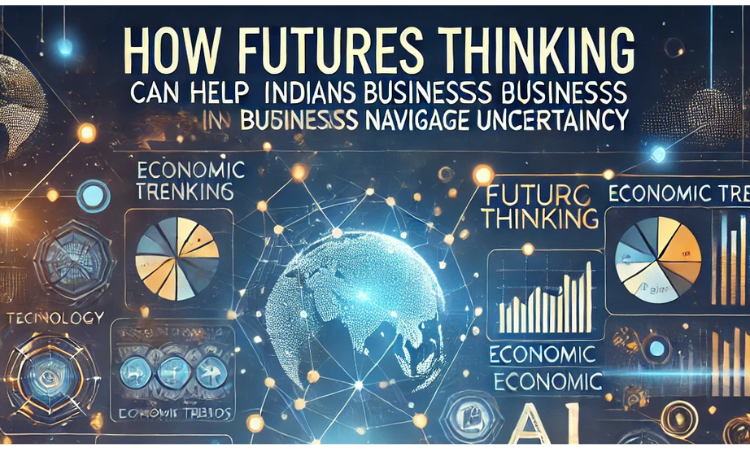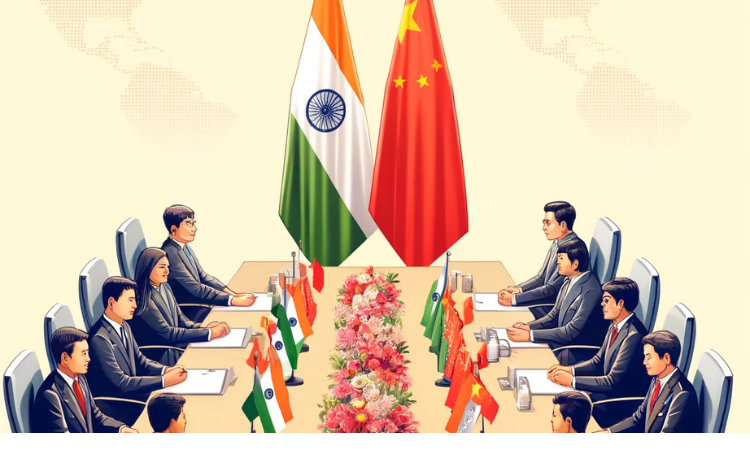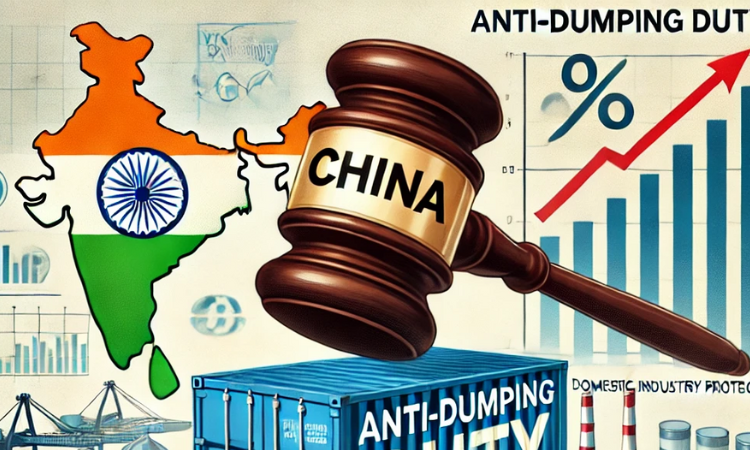The White House’s unprecedented moves across policy areas are raising questions in the minds of people about rule of law in the United States; that, alongside the use of economic sanctions, has got many foreign investors and companies wishing for alternatives to U.S. assets and the dollar
Reuters
President Donald Trump’s tariffs and other policies have some financiers and officials in Asia predicting the remaking of the post-World War II economic order, leading to an urgent quest to diversify away from America. But it’s not proving to be easy. The period after World War II saw a global order underpinned by multilateral institutions, such as the United Nations and the World Bank. The United States emerged as the dominant force, with the dollar as the world’s re- serve currency.
The Trump administration appears to be breaking from that order, with foreign and economic policies that have challenged U.S. allies, undercut some multilateral institutions and used tactics such as ta- riffs. While it is unclear what will eventually emerge, interviews this month with more than a dozen senior bankers, in- vectors and officials based in Asia showed that they are not waiting to find out. They are looking for an ‘America plus l’ strategy, which reduces their reliance on the United States going forward. Strikingly, no one seems to have found an answer. These people said there may not be a viable alternative to the U.S. market in the foreseeable future.
“We are in a one in 100- year transition,” said Ben Hung, President, International at Standard Chartered. Mr. Hung believes the world is becoming multipolar, led by the United States, China and India. “The post-World War II or- der has changed.”
Citi told me it was fielding record calls from Asian clients on how to navigate through increased geopolitical uncertainty. The bank said its flows from clients such as companies in areas, including foreign exchange and hedging, were growing at double di- gits in many emerging trade corridors, such as those between Asia and the Middle East as well as Latin America. Even so, in- vestments into the United States were also growing. In response to questions about this view, Kush De- sai, a White House spokes- person, pointed to U.S. in- vestment promises by companies like Taiwanese chipmaker TSMC and Du- bai property developer DA- MAC, saying they “have responded to President Trump’s America First economic agenda of tariffs, de- regulation, and the un- leashing of American energy.”
These conversations underscore how Mr. Trump’s America First push could accelerate changes that were already under way with the growth of China as the world’s second-largest economy, in some ways undermining its goals to counter it. The White House’s unprecedented moves across policy areas, such as playing investment banker on the sale of social media app TikTok, are raising questions in the minds of these people about the U.S. rule of law. That, alongside the use of economic sanctions, has foreign investors and companies wishing for alternatives to U.S. assets and the dollar.
One Chinese official said Mr. Trump’s tariffs against U.S. allies such as Canada and Europe had given Beijing an opening. Mr. Trump cannot isolate China with U.S. allies because “his al- lies are also facing tariffs,” the official said, declining to be named to talk candidly about the situation.
Chinese firms have to di- versify, reducing their exposure to the United States and increasing it in other parts of the world.
Few alternatives
Despite this search for alternatives, U.S. assets re- main attractive, these interviews showed. That’s because of the size of the American economy, the depth of its capital markets and the relative strength of its institutions, especially when compared with authoritarian governments elsewhere. There are also limited choices. Anyone looking for an alternative to the dollar outside the U.S. sphere of influence, for example, has three options: gold, crypto and the yuan. Some of the run-up in gold in recent months is attributed to central banks diversifying away from the U.S. dollar.
“None of those three are perfect,” Standard Chartered’s Hung said.
Any company looking to do transactions in the yuan instead of the dollar, for example, would need instruments to hedge its expo- sure to it.
Mr. Hung said one of the main ways to do so would be through the Hong Kong Exchange’s Swap Connect, which allows investors to trade renminbi interest rate swaps, derivatives that help manage interest rate risk. Swap Connect grew to 14.9 billion yuan ($2.06 bil- lion) in average daily turnover last year, which is significantly higher than the 3 billion yuan when it was launched in May 2023. Several bankers said any hedging to manage expo- sure to the yuan from companies transacting in the Chinese currency marginal.
Meanwhile, the costs of the fracturing of the world are becoming increasingly clear. It’s creating blind spots, something that be- came apparent when Chinese AI startup DeepSeek surprised investors in January, sending U.S. markets into a tailspin. While it was impossible to predict DeepSeek’s impact on the market, two people in Hong Kong said that those following China’s artificial intelligence sector closely would have likely come across the company.






